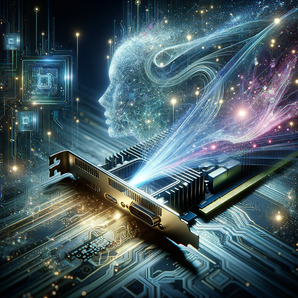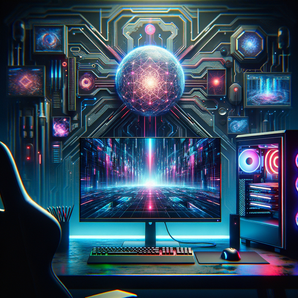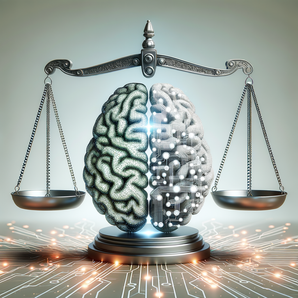Grasping the Visual Comprehension of Language Models
Grasping the Visual Comprehension of Language Models
The underlying capabilities of advanced language models, such as Large Language Models (LLMs), continue to amaze and expand in ways thought not possible. In a recent revelation, it has been discovered that LLMs, predominantly trained on text, can formulate intricate visual concepts. They can accomplish this daunting task by leveraging the architecture of the programming code and an impressive self-correction mechanism.
The usefulness of these LLM-based illustrations far surpasses simply demonstrating their innovative capabilities. Researchers have been harnessing this function for more practical and significant applications. Jeff Spock, a linguistics professor at University of AI, explains that these illustrations can essentially be used to develop a computer vision system entirely devoid of images. This system can then be trained to recognize actual photographs, further validating the potential of these illustrations.
The primary contribution in getting the LLMs to generate the visual concept is the code. LLMs seem to have a profound understanding of the programming language which allows them to generate exceedingly complex visual concepts. Subsequently, these models also exhibit an innate ability to correct themselves in case of any errors in the formation of the visual concept, making the generated concept even more accurate and refined.
Training a computer vision system might typically involve providing it with a high volume of image data which it can draw information from. This newly found technique involving LLMs and their ability to create intricate visual concepts has made it possible to bypass this requirement entirely.
The system is instead trained on the illustrations generated by the LLMs, thus facilitating image recognition sans any image data being used in the process. While skepticism may be justified due to the unconventional approach of this technique, it is hard to overlook the promise this shows for broadening the potential applications of AI in the field of visual computation.
Indeed, the implications of these discoveries have significant ramifications for the future of AI models like LLMs, not only in terms of their range of functions but also the expansion of our understanding of these AI tools. The path these revelations are paving is a clear indication of the boundless future possibilities in the realm of artificial intelligence, especially in areas previously out of AI's grasp, such as visual computation.
Disclaimer: The above article was written with the assistance of AI. The original sources can be found on MIT News.




